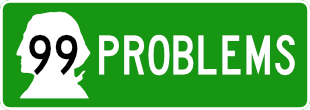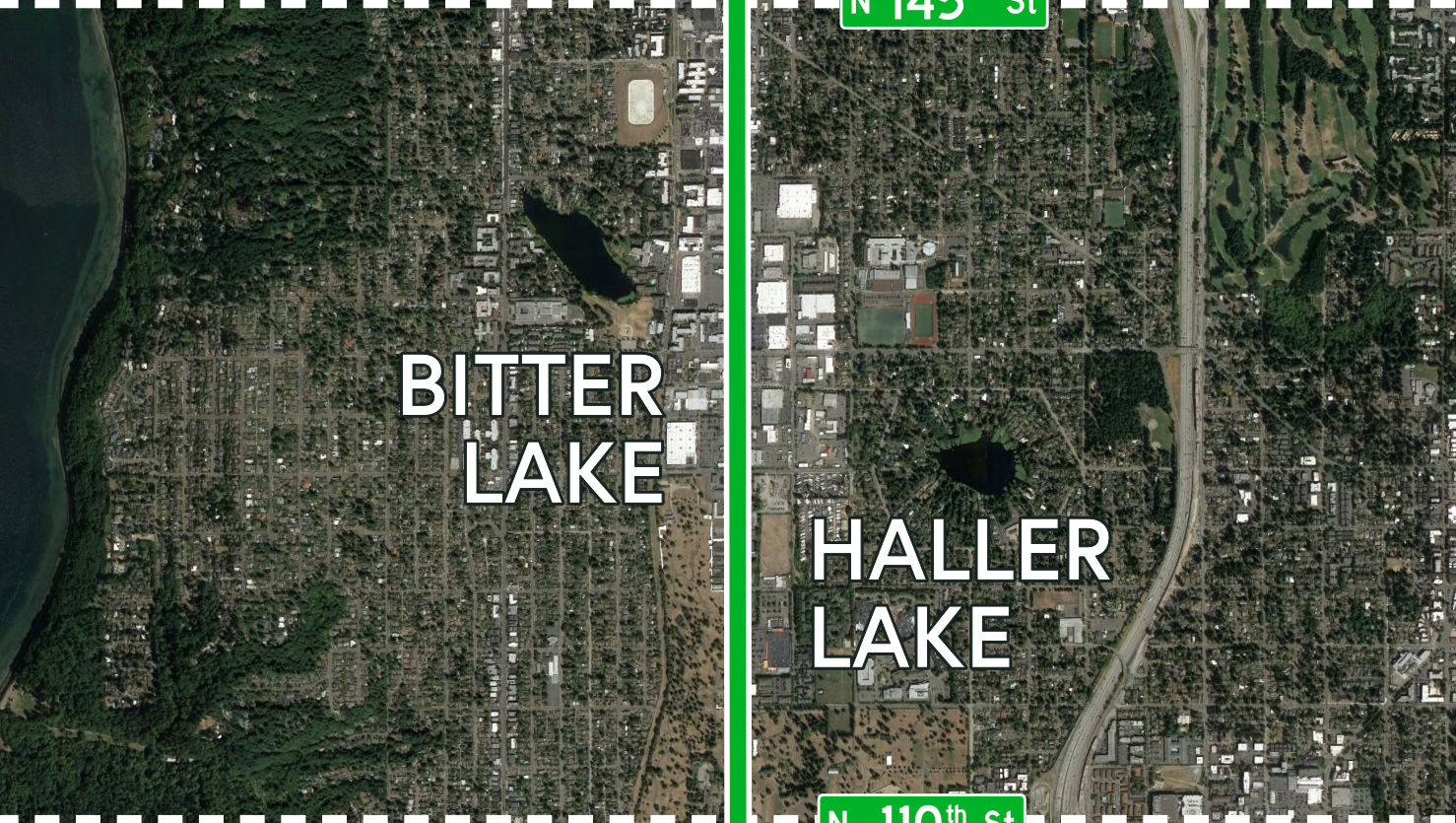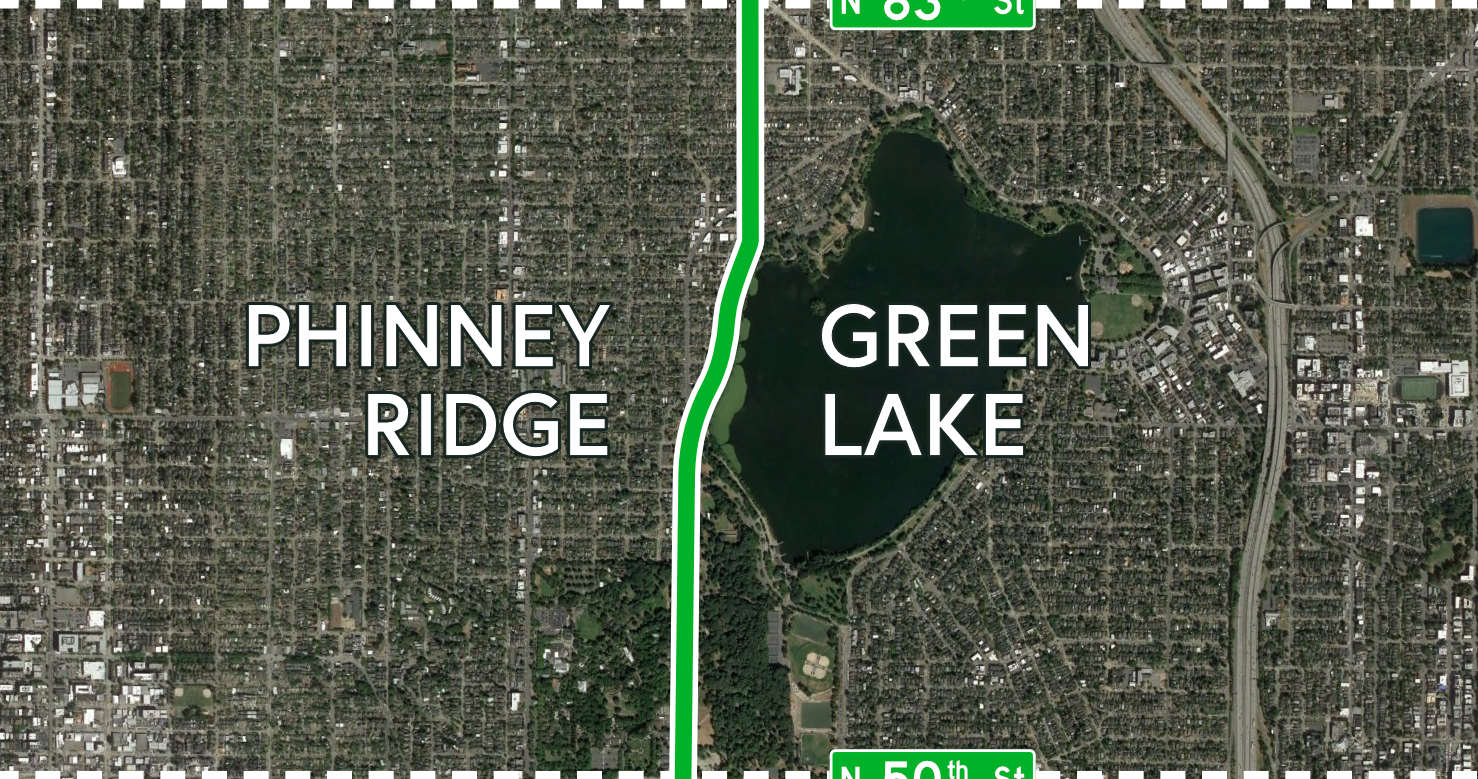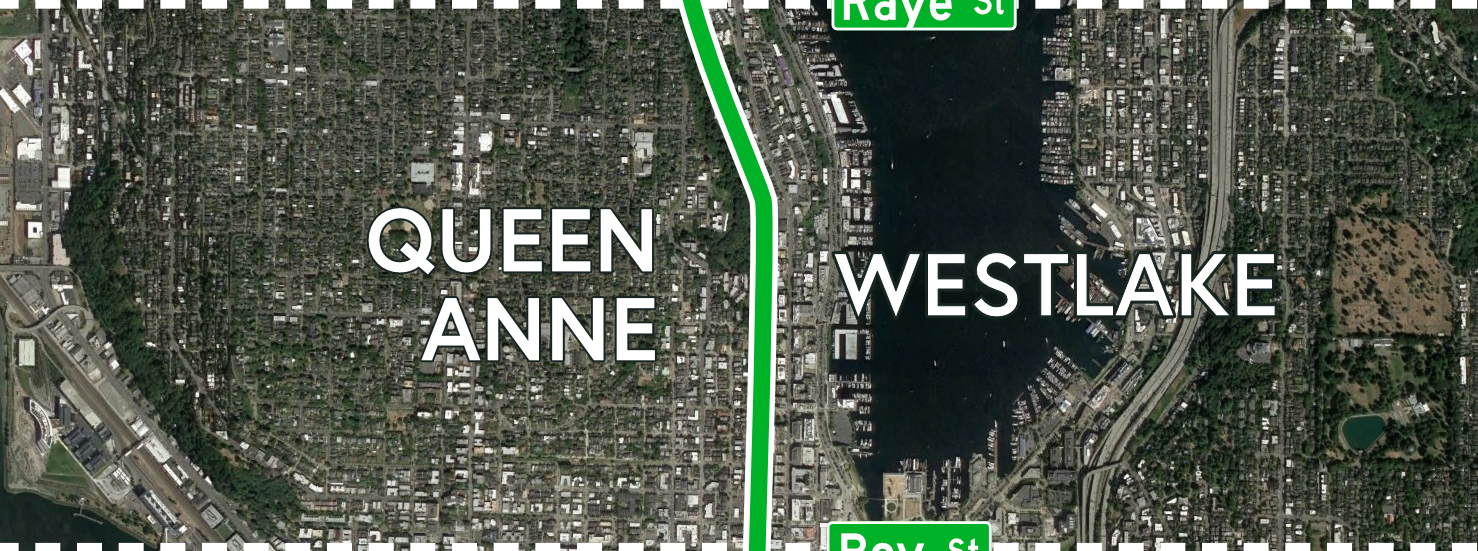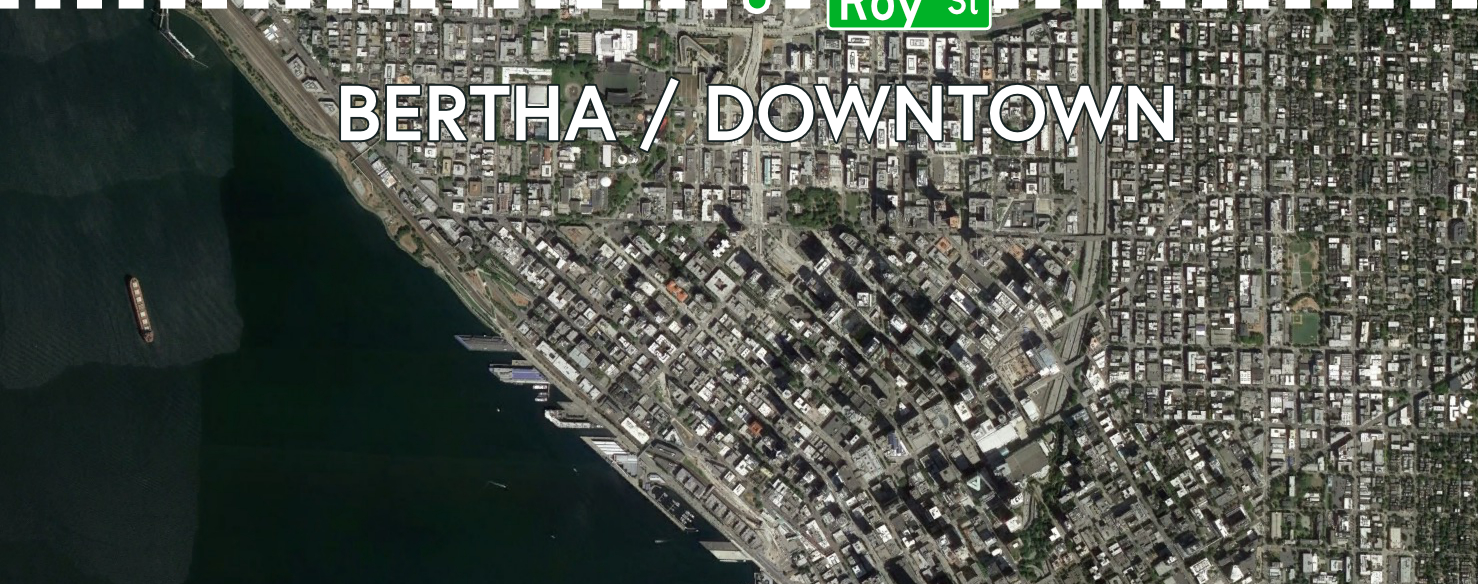“Vision
is when frustration with what is…
creates passion for what could be.”
Our Vision for Aurora
The future of Aurora is bright.
The Aurora corridor supports many thriving businesses, from local grocery stores to small mom and pop shops to a century-old cemetery. It hosts thousands of kids in nearby schools, major parks and medical institutions, and tens of thousands of residents in diverse and dense neighborhoods that span the length of North Seattle. Aurora continues to embrace more housing, welcoming thousands of new housing units slated in the near future.
Despite the highway’s strengths, Aurora is consistently the most dangerous road in Seattle. In the past ten years, 28 people have been killed walking, standing, biking, rolling, and driving along and across Aurora, and dozens more have suffered from near-fatal collisions. In addition and inextricably linked to this are numerous safety, crime, and drug use concerns, the growing issue of roadside prostitution, and the challenge of homelessness that is present citywide.
As neighbors and business owners along Aurora, we believe we should have a great urban environment where people are safe and comfortable working, shopping, dining, and enjoying life.
As we look to the future, we have the opportunity to build a better Aurora.
We envision an Aurora that puts people first by designing the street at a human scale for walking, biking, and riding transit.
We envision an Aurora that connects neighborhoods centered on thriving business districts that preserve diverse communities.
We envision an Aurora that is prepared for the impacts of a changing climate like urban flooding and the urban heat island effect.
Each of the neighborhoods along the Aurora corridor has unique challenges and specific circumstances that must be addressed. While our ideas for Aurora looks different in each segment, five common themes connect the corridor in a consistent and holistic values-based vision for the future:
People-Centered Streets
For example: we need to build sidewalks where there are none, create a more pleasant street that would attract people.
Transit Reliability
For example: the E-Line should have safe and accessible buses and bus stops.
Community Connection
For example: more safe and accessible signalized crosswalks will connect neighborhoods that are currently divided by Aurora.
Thriving Businesses
For example: we need anti-displacement strategies that will keep small businesses and neighbors in the neighborhood.
Resiliency in a Changing Climate
For example: adding more street trees will decrease the urban heat island effect along Aurora, improve stormwater drainage, and make Aurora a more pleasant place to be.
Click on a segment on the map to learn more about how we prioritize these five themes in each neighborhood.
The City of Seattle has designated over half of Aurora Ave N as an Urban Village Main Street
Other Visions for Aurora
The Coalition strives to hear as many perspectives as possible. We encourage conversation on all aspects of Aurora Ave N. If you have an idea for how we can improve Aurora, add your voice to the conversation.
